The camera is water-resistant and recharges in approximately 30 minutes. While attached to the spectacle frames it can be moved backwards towards the wearer’s ears when not in use. It can also be removed quickly to store in a pocket. The PogoCam will retail from $ 129 after its official launch on March 30, 2017 and come with a free pair of non-prescription sunglasses with PogoTrack for initial buyers on the PogoTec website. It seems the PogoCam’s main advantage over the recently announced Snapchat Spectacles is its ability to work with a variety of eyewear frames. That said, we’ll have to wait and see how many frames with the PogoTrack feature consumers will be able to choose from.
Personal Photography Redefined With Introduction Of PogoCam
Combining Fashionable Eyewear with World’s Smallest Attachable Camera
ROANOKE, Va., Nov. 29, 2016 /PRNewswire/ — PogoTec today announced the invention of PogoCam™, the world’s smallest wearable camera that attaches to fashionable eyewear. Unlike that of Snap Spectacles which has its camera integrated into one style of eyewear, PogoCam, is easily attachable and detachable to a wide variety of frame styles.
“We are experiencing a turning point that will make hand-held photography cumbersome and obsolete,” said Ron Blum, Founder, President and CEO of PogoTec. “Our eyewear solution goes beyond the capabilities of Snap’s Spectacle product with a more advanced camera that takes still images as well as HD video, attaches easily to many frame styles with or without prescription lenses and matches the fashion style of the user. It’s a tiny, easy-to-use camera designed for everyone. It removes the user from the confines of a viewfinder, allowing people to enjoy and pay attention to the event while capturing it. The user can easily share their images or video with friends and family.”
PogoCam utilizes a proprietary new electronic architecture that allows the highest level of miniaturization with lower power requirements than competitive cameras for the same level of high image resolution, memory capacity and performance. Multiple patent applications have been filed. PogoCam was designed for the mass market at large – those who require prescription eyeglasses and those who do not require prescription eyeglasses. PogoCam’s extremely small size allows it to be worn without distracting from the fashion look of eyewear. Weighing less than two dimes and measuring only 10.9 x 12.5 x 42.8 millimeters, PogoCam attaches magnetically to eyewear having a proprietary track called PogoTrack™. PogoCam allows a user to capture a number of images taken by a typical user during the course of a day. PogoCam allows people to “look and shoot” up to 100 photographs or two minutes of continuous HD video with audio (or 12 ten second clips). When in use, the camera displays a visible courtesy light that blinks allowing those being photographed to know. When not in use or if in an environment where photography is discouraged, it can be slid back on the track or easily removed. PogoCam’s accompanying patent pending mobile app includes auto centering, auto alignment and image rotation – eliminating the need for a camera viewfinder by automating certain post processing adjustments normally required for manual cameras. The image quality is comparable to that of one’s smartphone.
Eyewear with PogoTrack is designed to serve as a universal platform for a wide range of future electronic wearable devices over and beyond the PogoCam camera. Additional potential compatible wearables would, by example only, include an alertness monitor to prevent drivers from falling asleep and a UV meter to prevent sunburn by alerting users when exposed to damaging rays.
PogoTec will be demonstrating and showcasing PogoCam, along with its eyewear partners and a large number of compatible frame styles for prescription eyewear and non-prescription sunglasses, at the ShowStoppers media event in Las Vegas during the 2017 Consumer Electronics Show on Thursday, January 5.
“This is the first practical, high-quality wearable camera for the mass market capable of being worn socially that allows people to experience the moment and at the same time take photos or video with audio,” added Blum. “This is all accomplished while wearing eyewear in the fashion style of their choosing. Just “look and shoot”, the camera and app do the rest of the work for you. Further, our proprietary architecture ensures that PogoCam will remain the smallest wearable camera when comparing image quality, memory, power requirements and performance.”
“Eyeglasses are arguably the world’s oldest, most successful wearable technology,” added Richard Clompus, OD, FAAO, who is VP of Communication and Consumer Interaction for PogoTec. “PogoCam upgrades this wearable platform with the ability to capture visual memories without the intrusion of holding a camera or looking through a view screen. We look forward to introducing additional capabilities and enhancing the value of PogoTrack as a platform for wearable technology.”
In addition to the current offering, PogoTec is exploring options to adapt PogoCam for use in such industries as construction, public safety, industrial, security and medical applications.
About PogoCam
PogoCam was designed for the mass market and is easy to use. It comes equipped with a five megapixel sensor providing quality photos or video comparable to a smartphone. PogoCam is capable of capturing in excess of what a typical user would take per day. PogoCam can capture and store 100 still photographs or up to two minutes of 720p HD video at 30 frames/second with full audio (12 10-second clips) before having to be downloaded and charged. The camera is activated by pressing a single button and images are uploaded to a mobile device. PogoCam’s camera function is focus free with auto- white balance making it easy for the user to capture high quality images and video. Depending upon the accessory case, the images can be downloaded with a wired connection or with Bluetooth to a smartphone. The camera is resistant to water and perspiration and recharges in approximately 30 minutes. PogoCam is designed to attach magnetically to frames having PogoTrack technology. While attached, PogoCam can be moved along the length of the track – allowing the user to bring it forward only when in use. The camera can be attached and removed easily with one hand without removing the frames, allowing it to be stored in a pocket or purse when not recording images.
Distribution
PogoCam and PogoTrack plans to be available at thousands of consumer locations in 2017, including eye care offices and optical shops in the U.S. PogoCam and well-known branded non-prescription sunglasses with PogoTrack will be bundled for sale on the PogoCam ecommerce site, www.PogoCam.com and www.Amazon.com. Prescription eyewear with PogoTrack also plans to be available from optical shops and eye care offices in 2017. PogoTec’s channel partners for optical shops, eye care offices, mass market and specialty retail will be announced at the upcoming Consumer Electronics Show in January 2017. Additional channel partners are being added for 2018 and beyond.
Pricing and Availability
PogoCam will retail for $ 129.00 and up depending upon the model purchased. PogoCam will be officially launched on March 30, 2017at the International Vision Expo East Conference in NYC. When purchasing a PogoCam on PogoTec’s ecommerce site, PogoCam.com, initial customers purchasing PogoCam will receive a free pair of branded non-prescription sunglasses with PogoTrack.
About PogoTec
PogoTec™, Inc is a privately owned company incorporated in Delaware. Its core initiative is to enable electronic wearable devices with a special focus on eyewear. PogoTec’s product offerings consist of; PogoTrack: a proprietary attachment means for attaching electronic wearable devices to eyewear while maintaining the fashion look of eyewear and PogoCam: the world’s smallest look and shoot camera attachable to eyewear. PogoTec’s management team and Board of Directors have extensive experience in creating and commercializing innovation. PogoTec has been extremely diligent in protecting its intellectual property and has numerous patent applications filed around the world. For more information about PogoTec, please visit www.PogoTec.com.









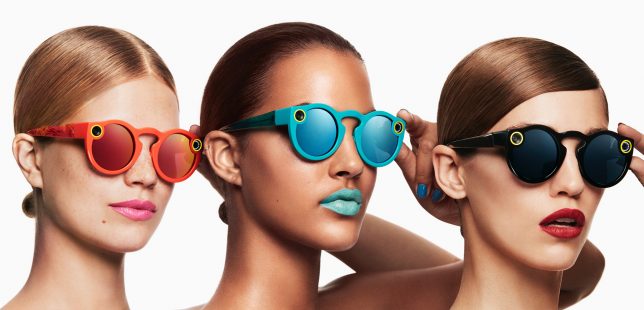
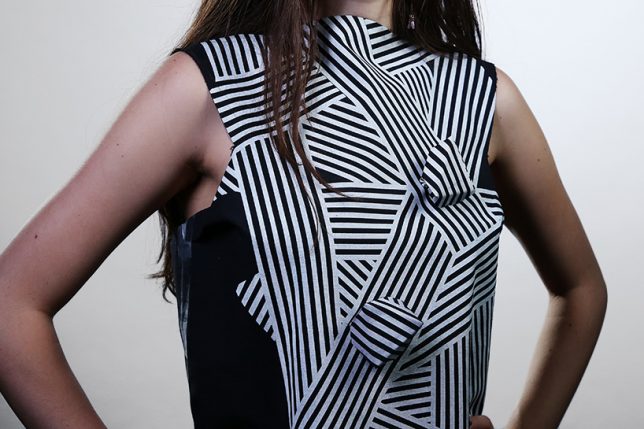
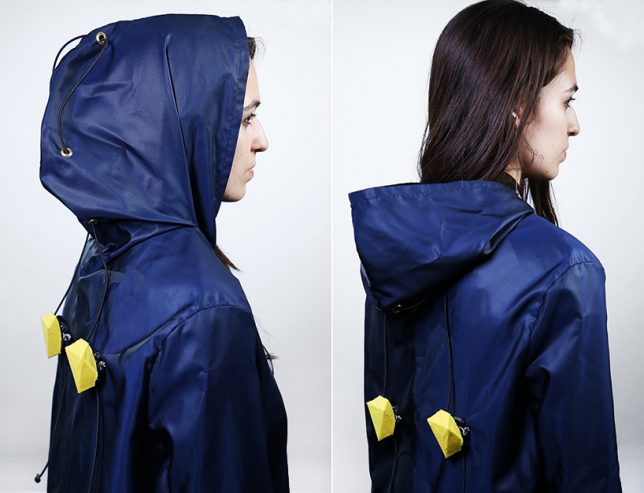
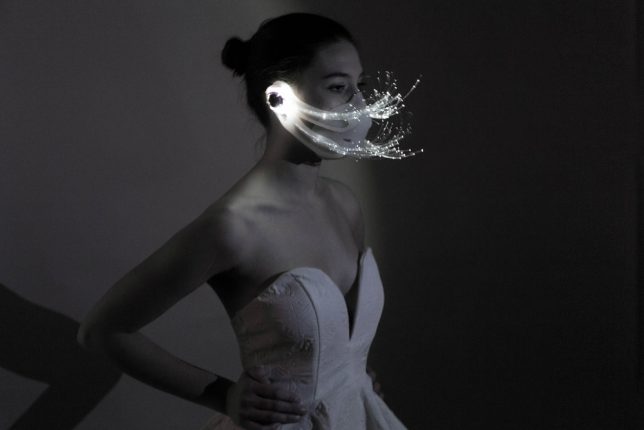
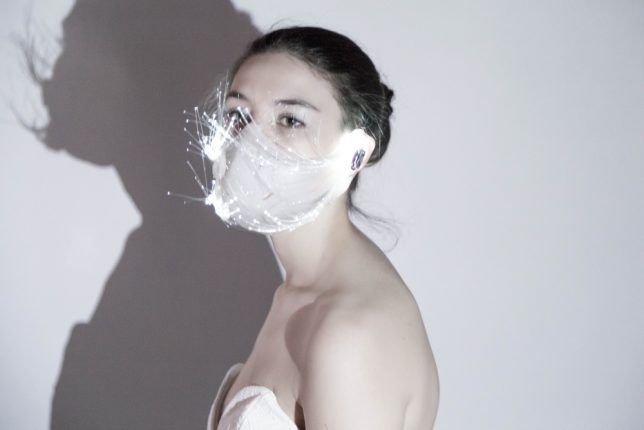
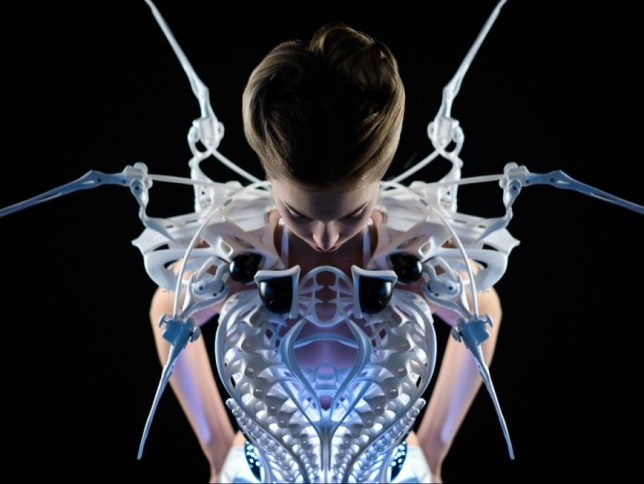


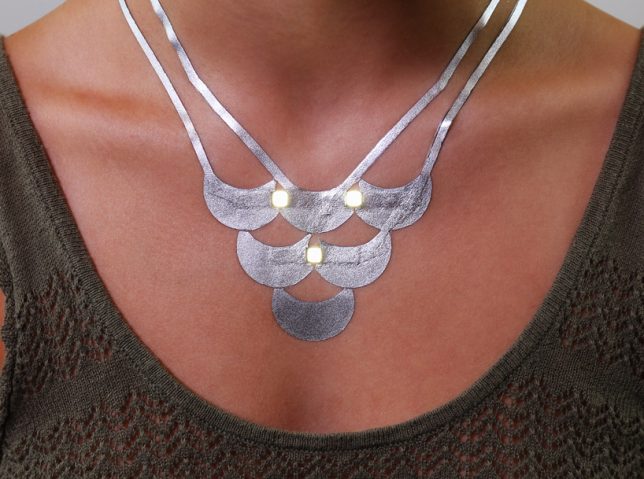












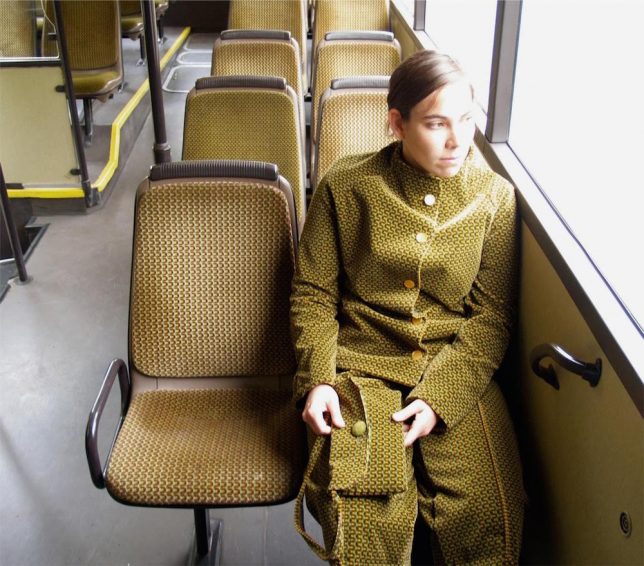

You must be logged in to post a comment.